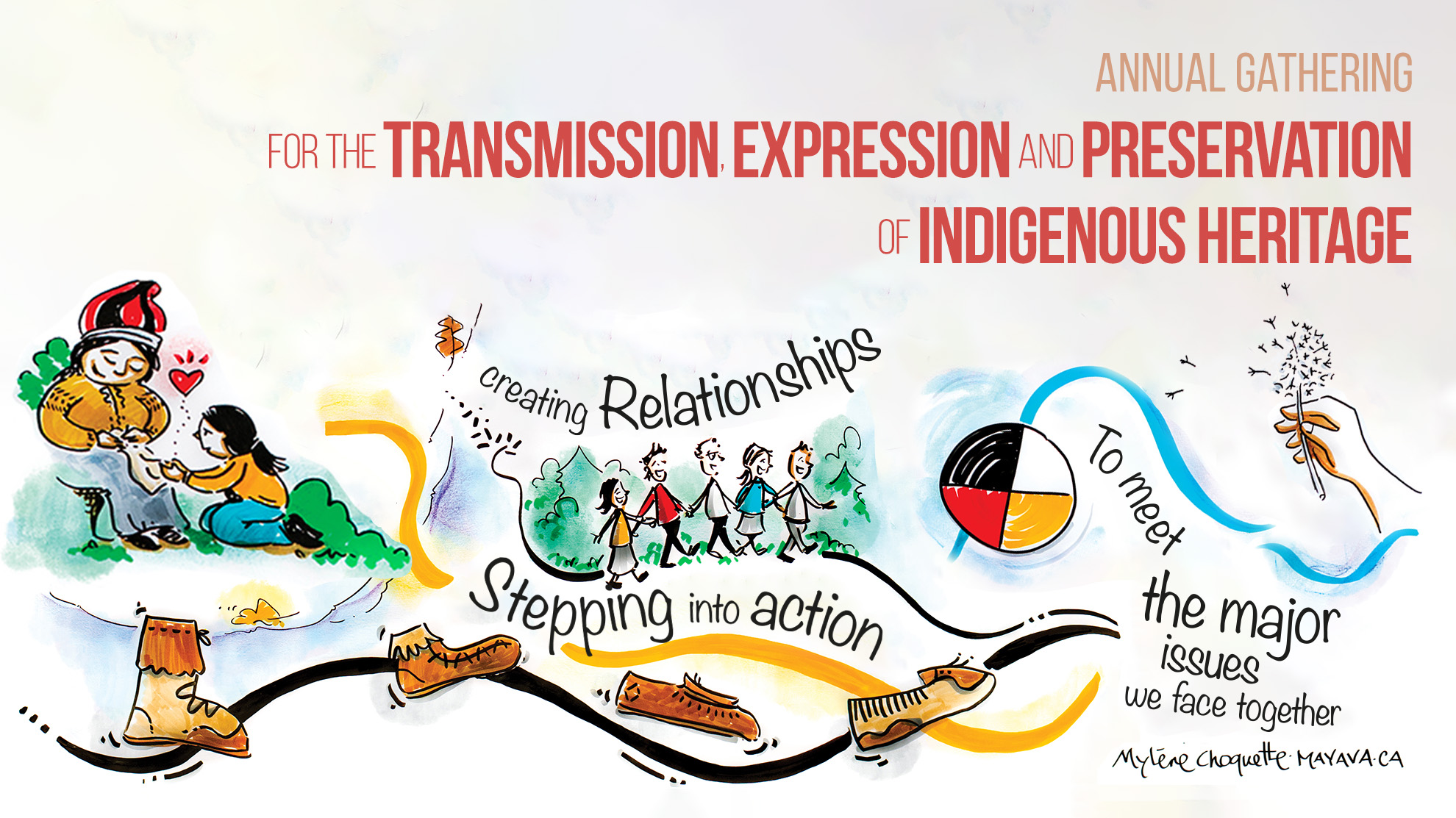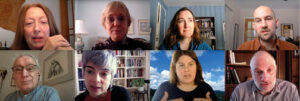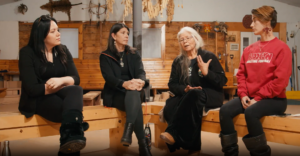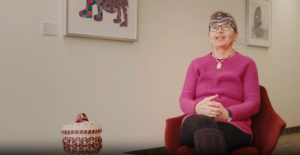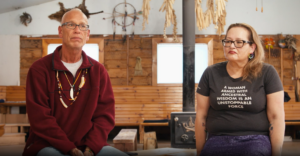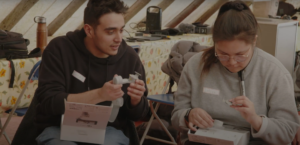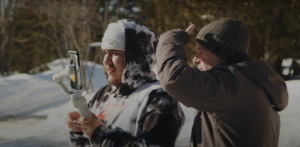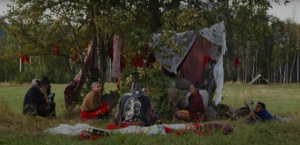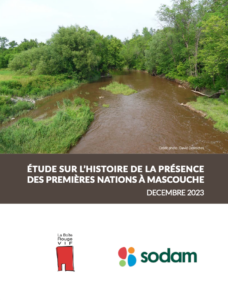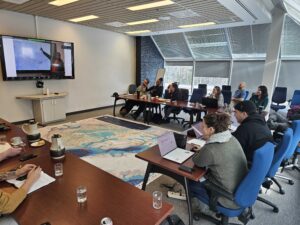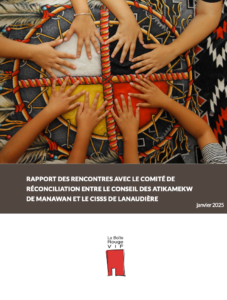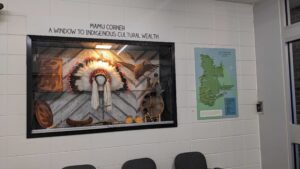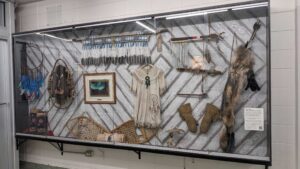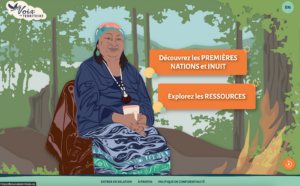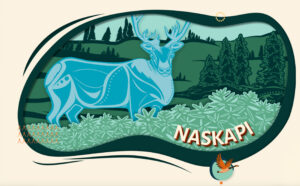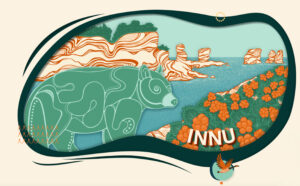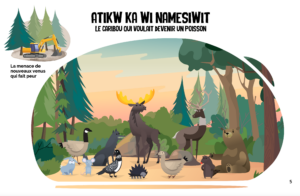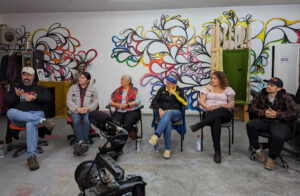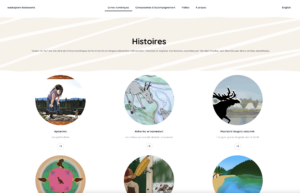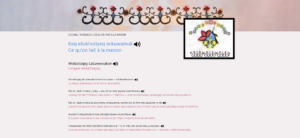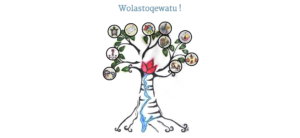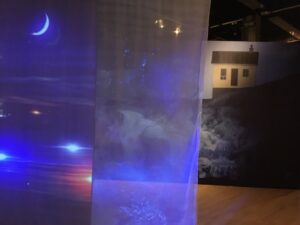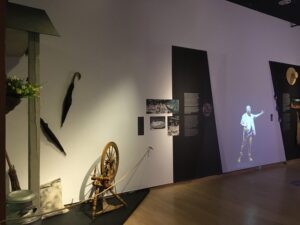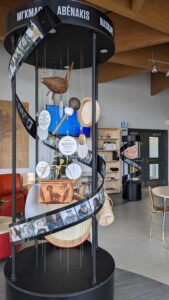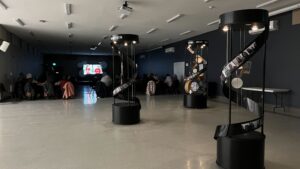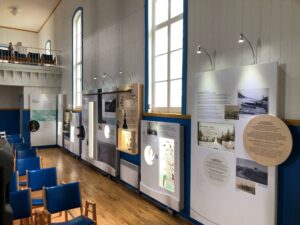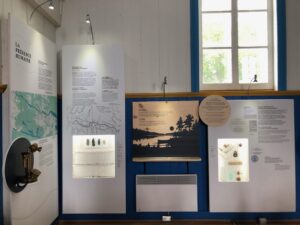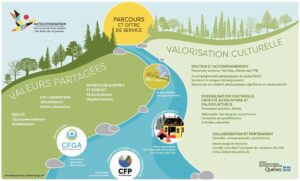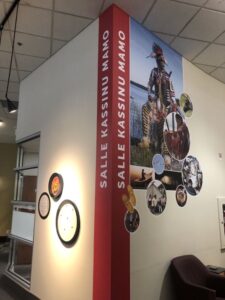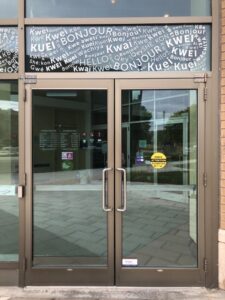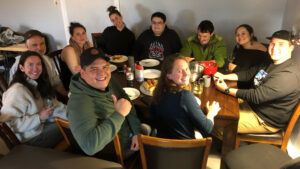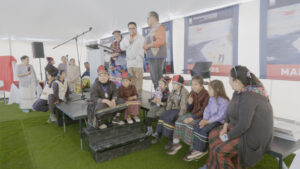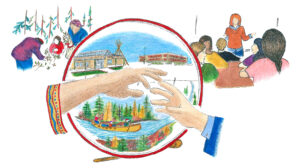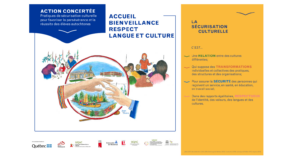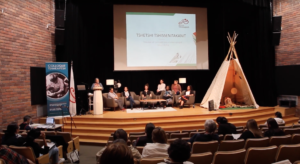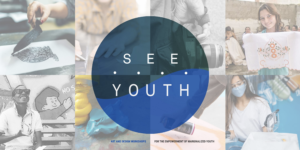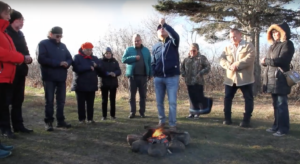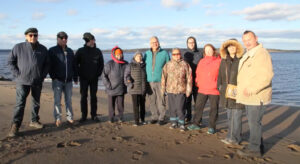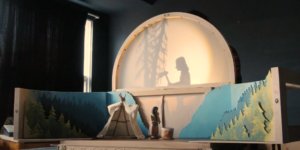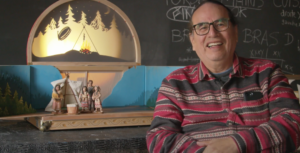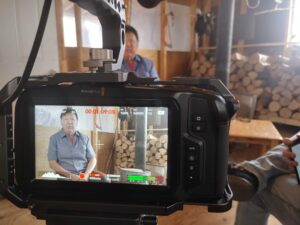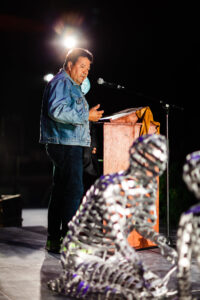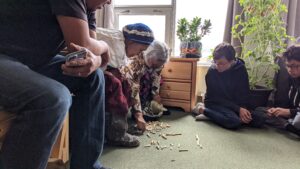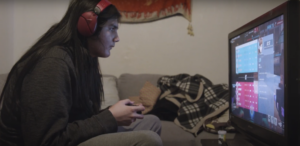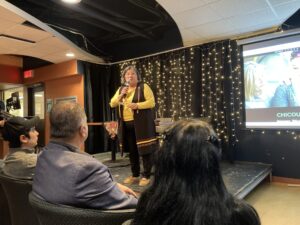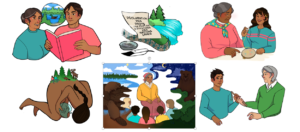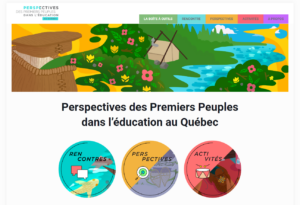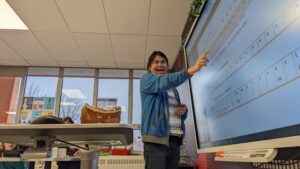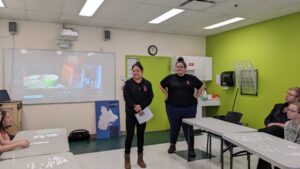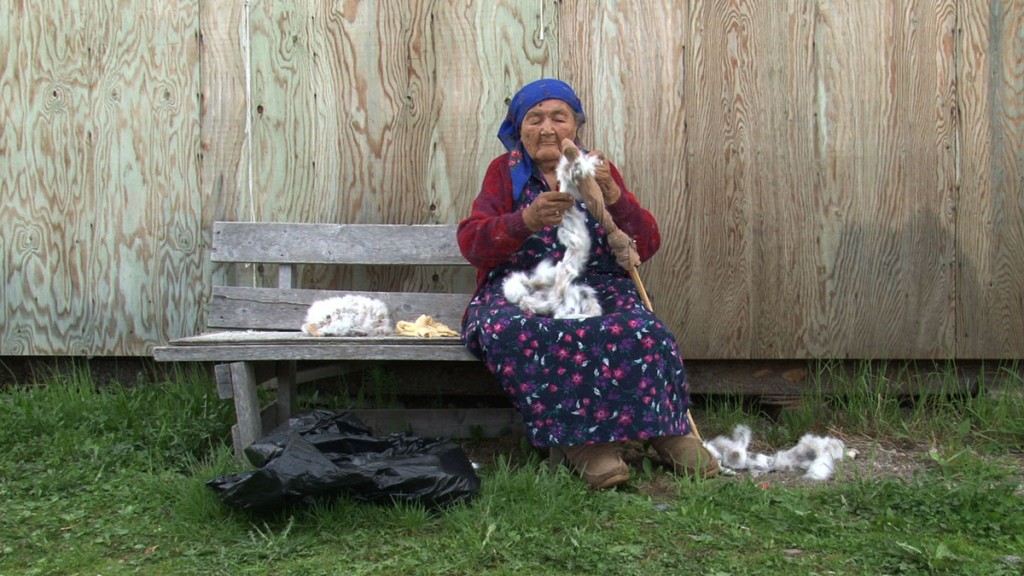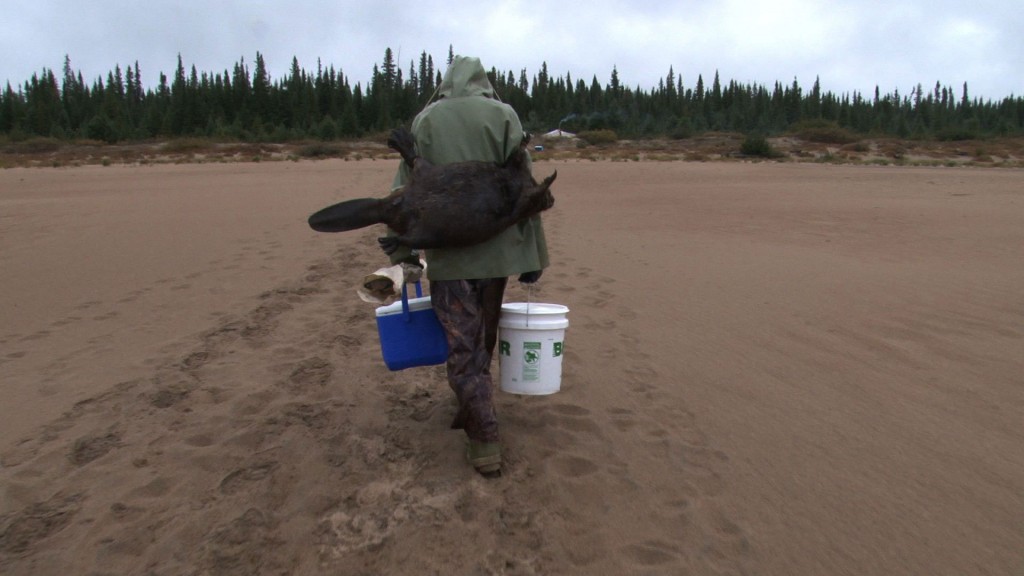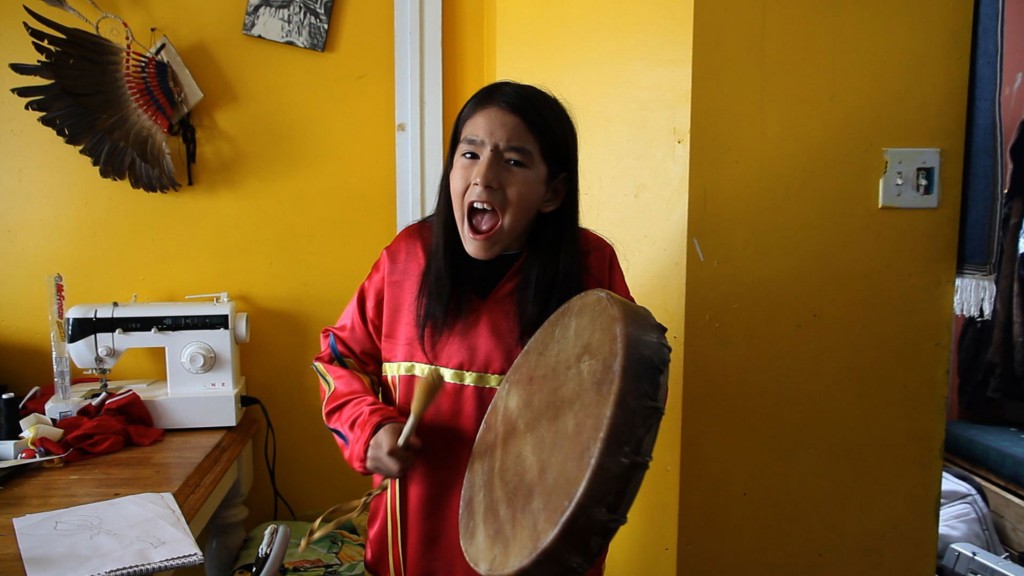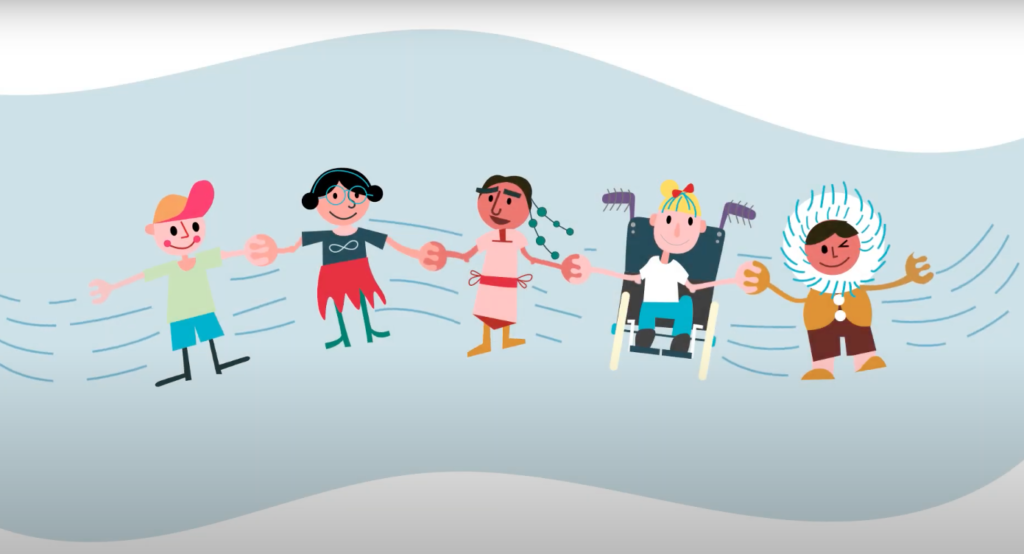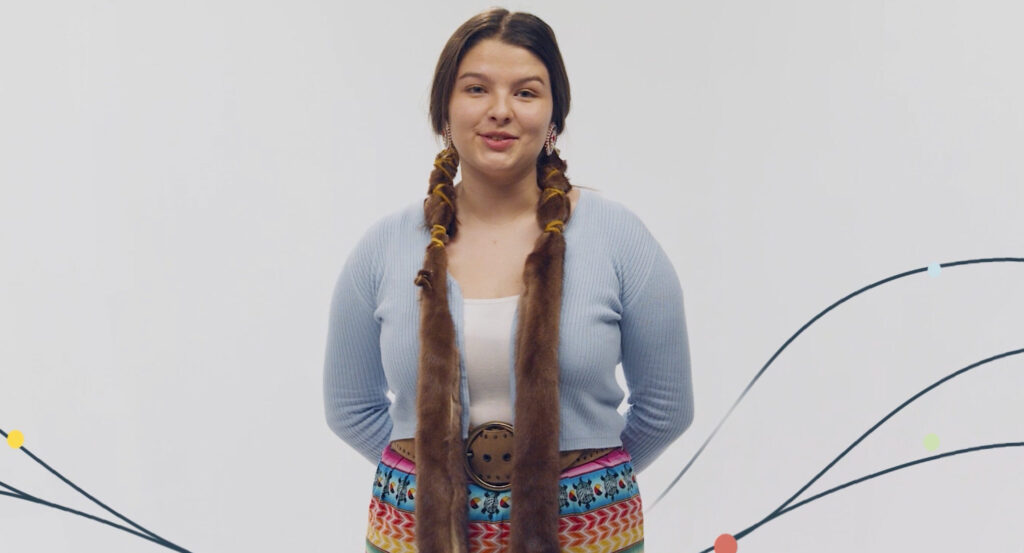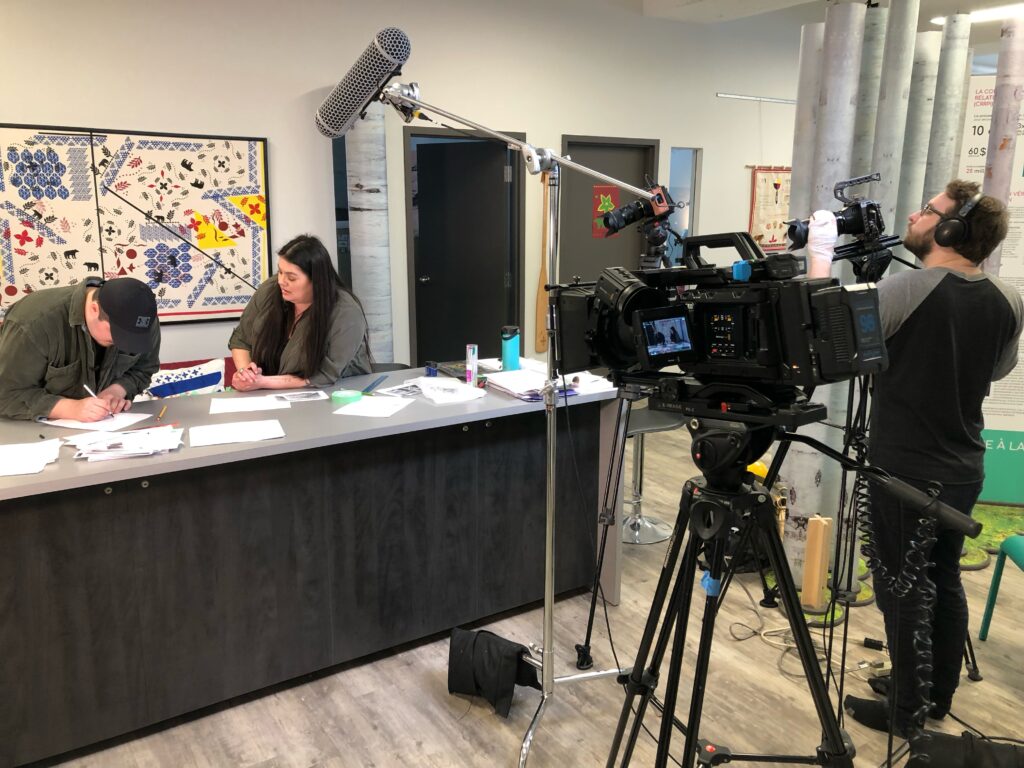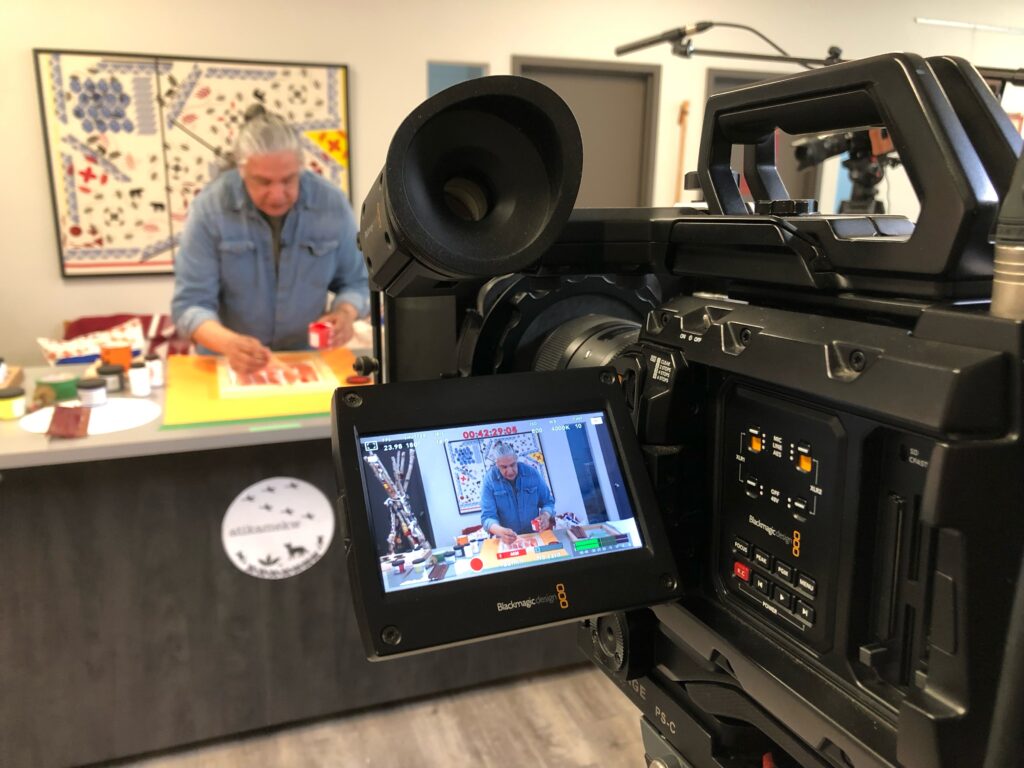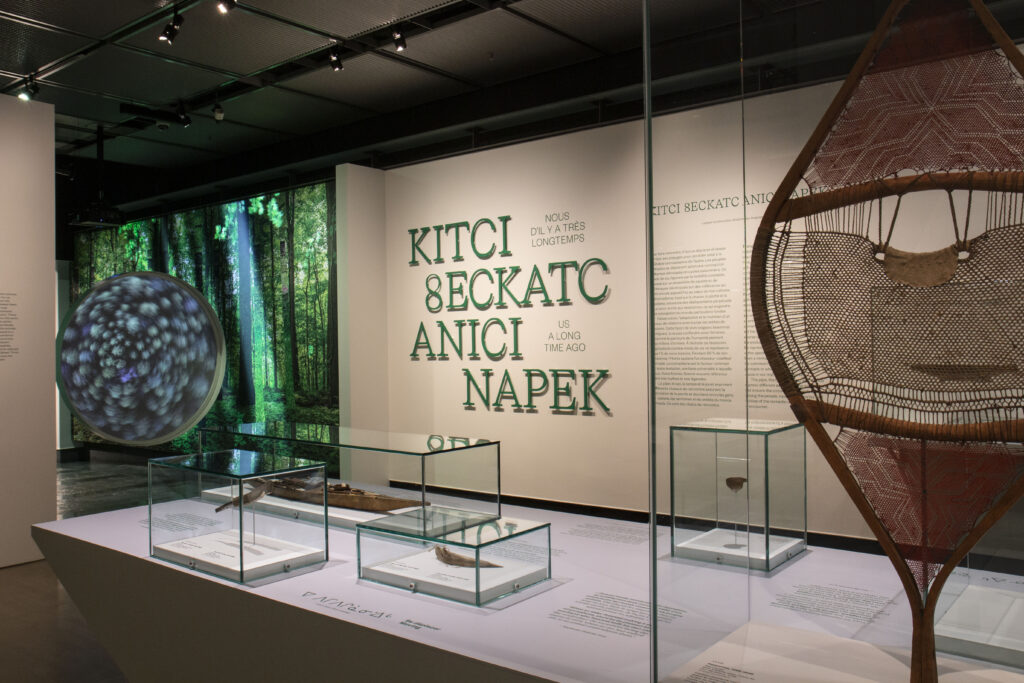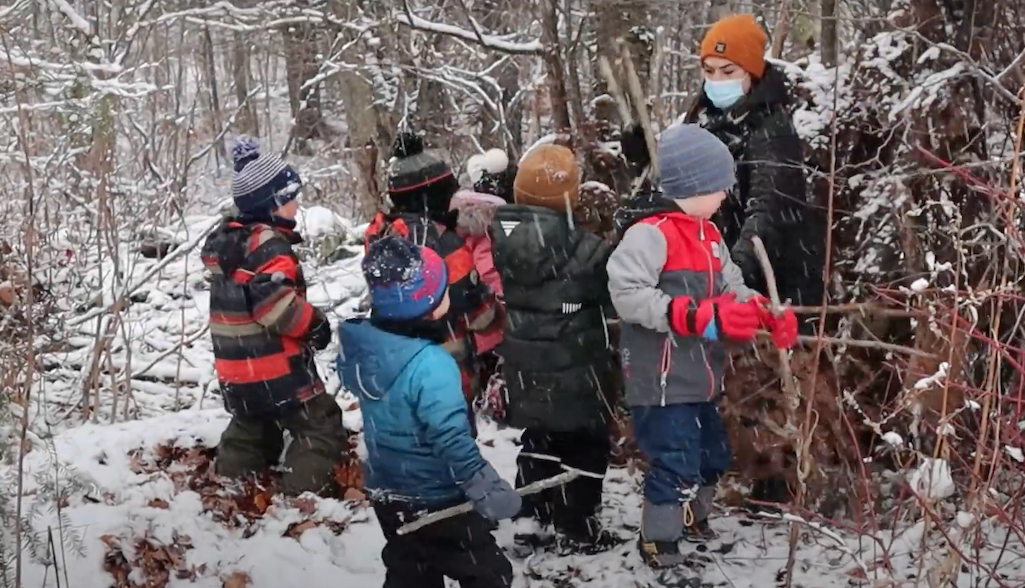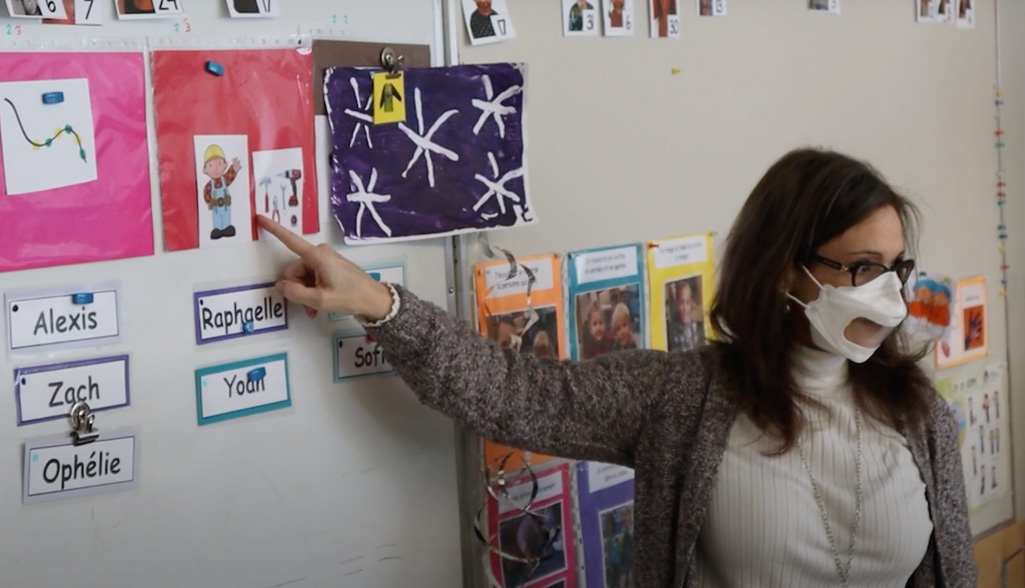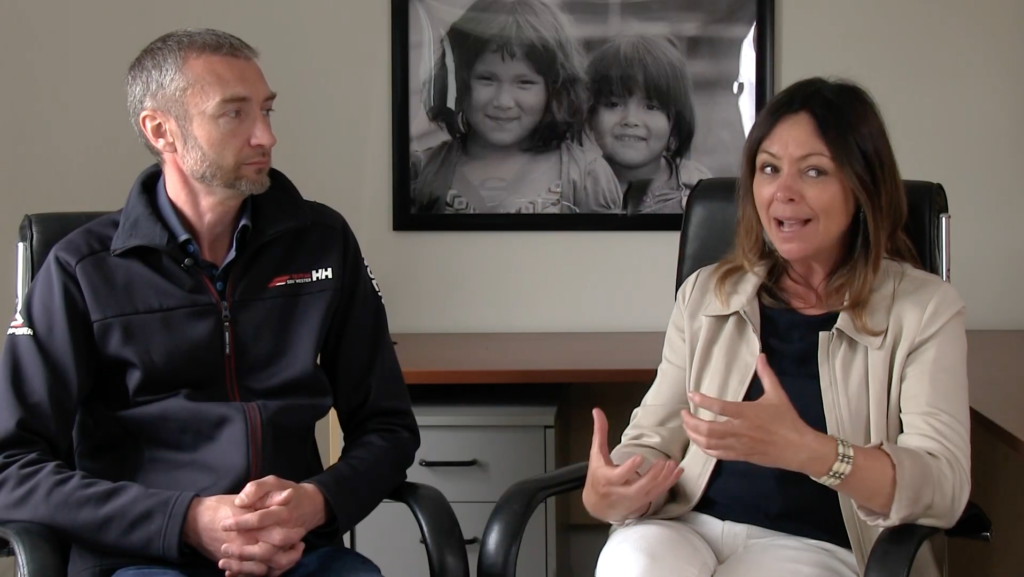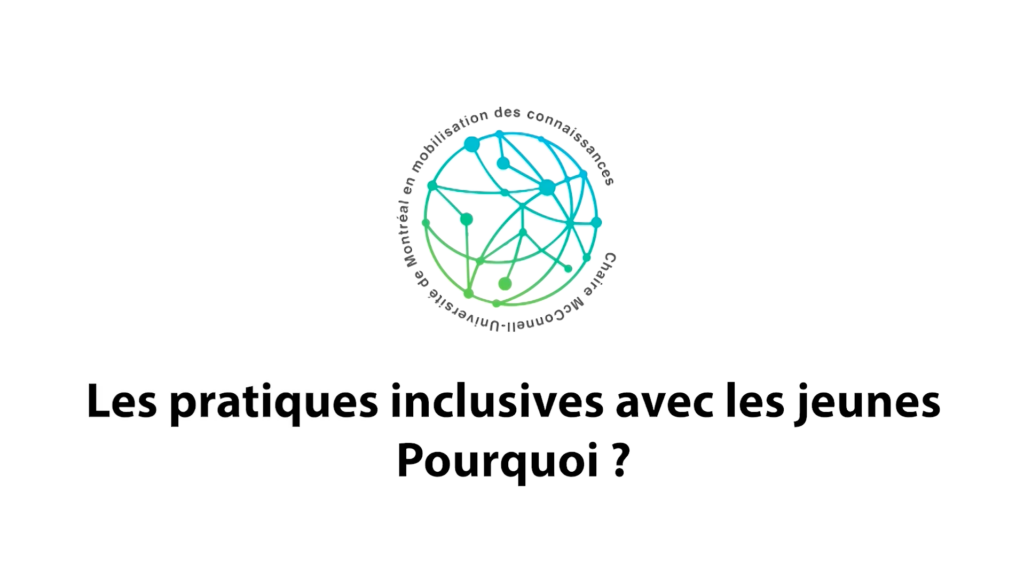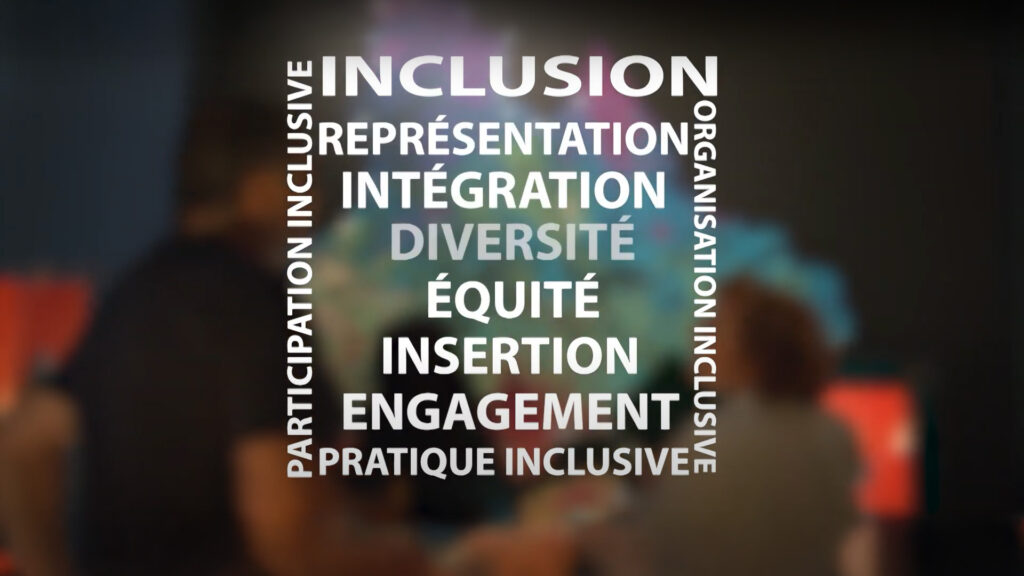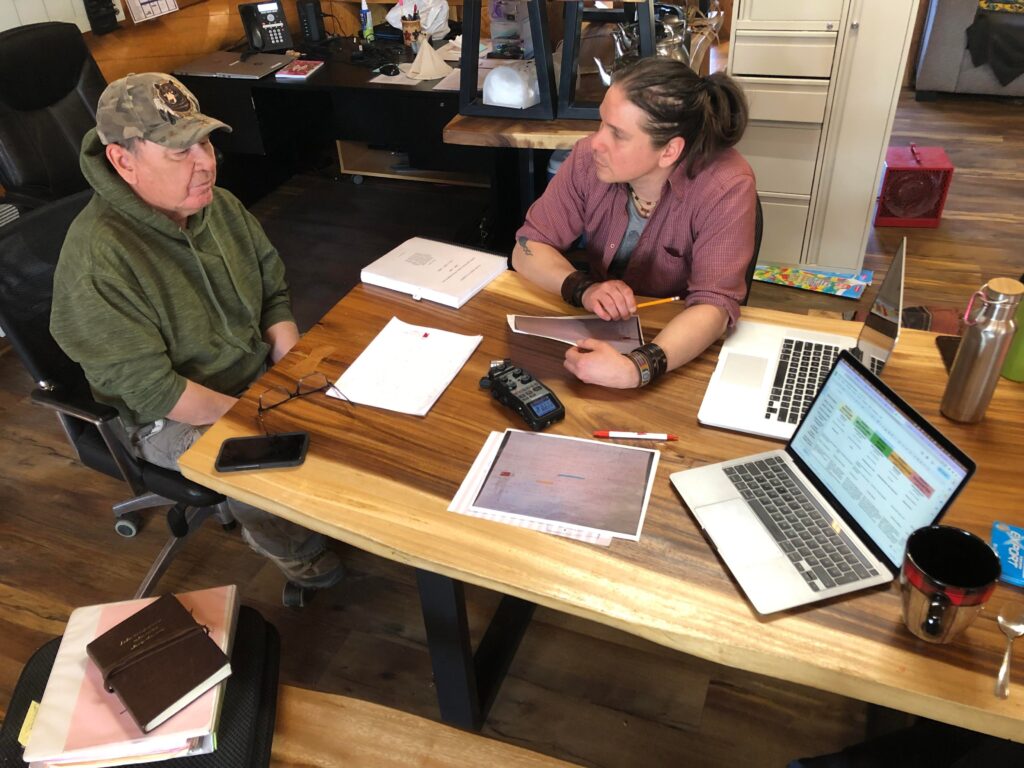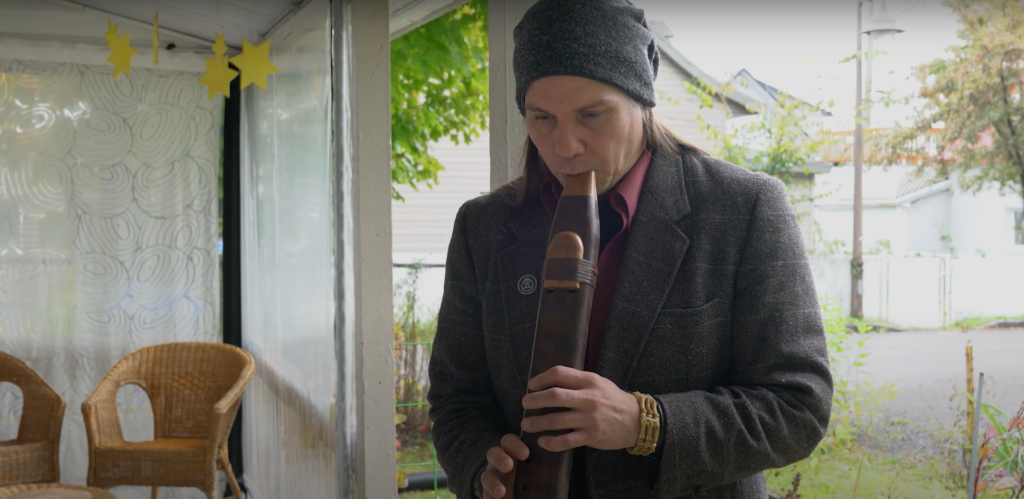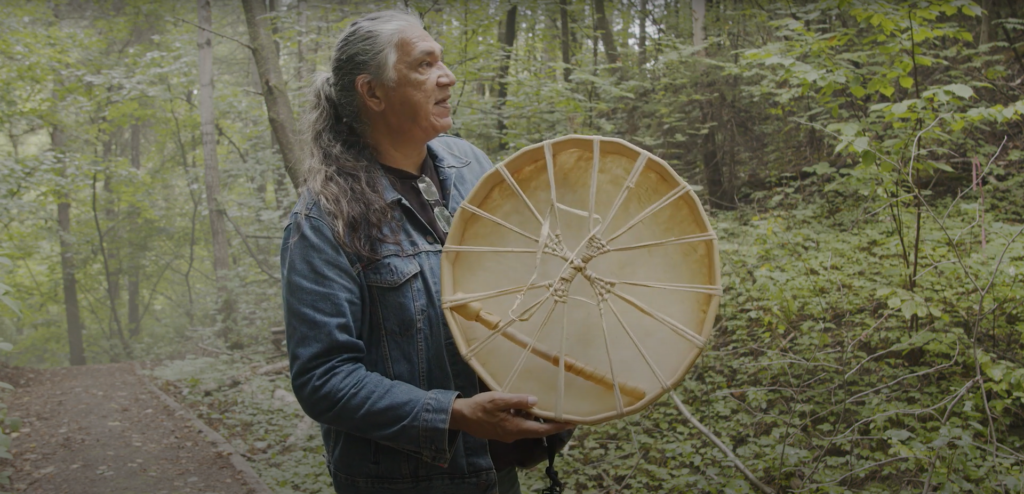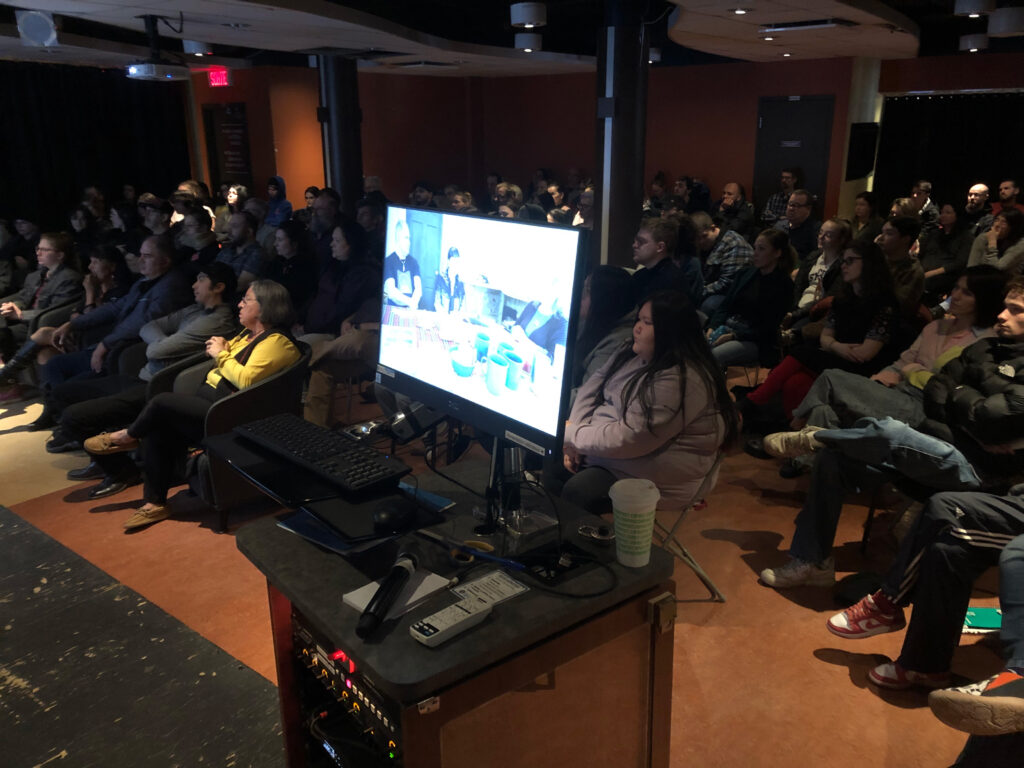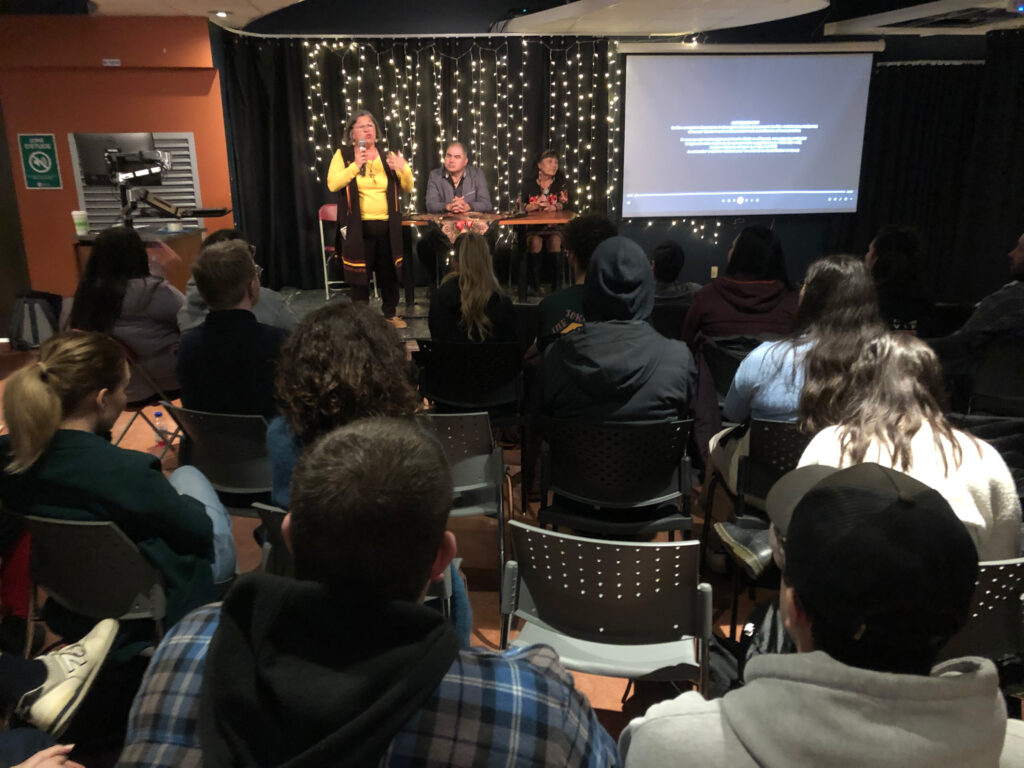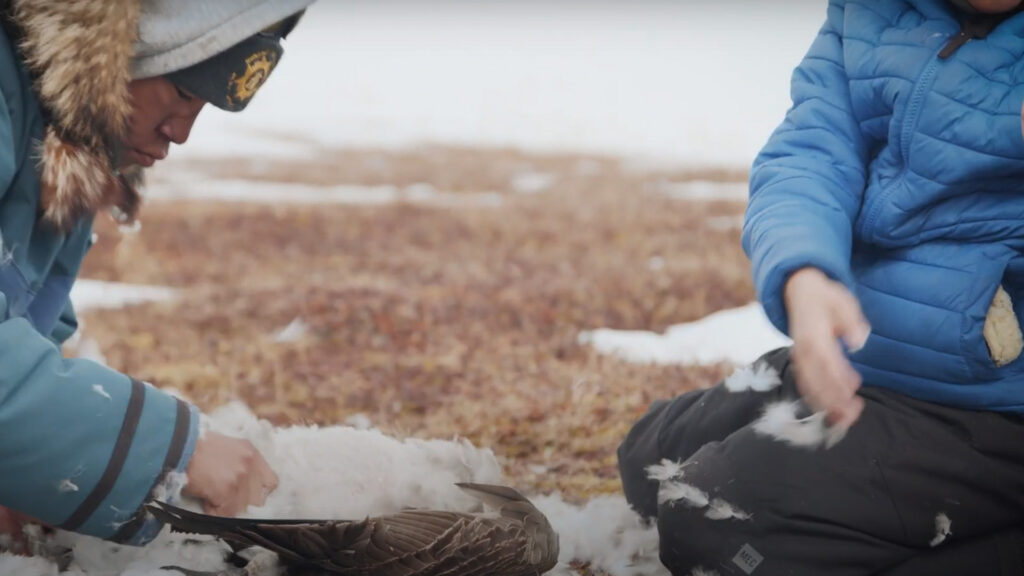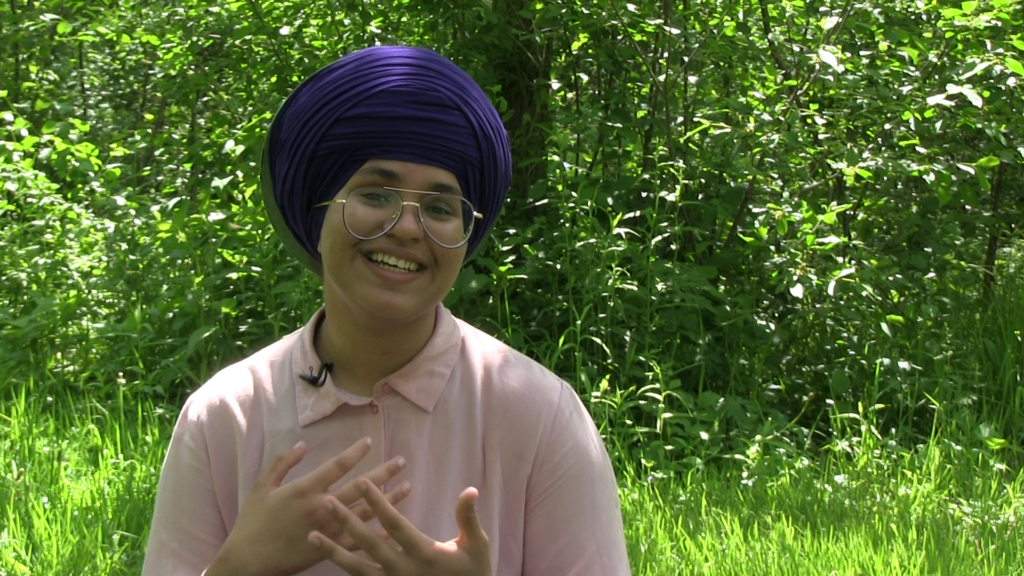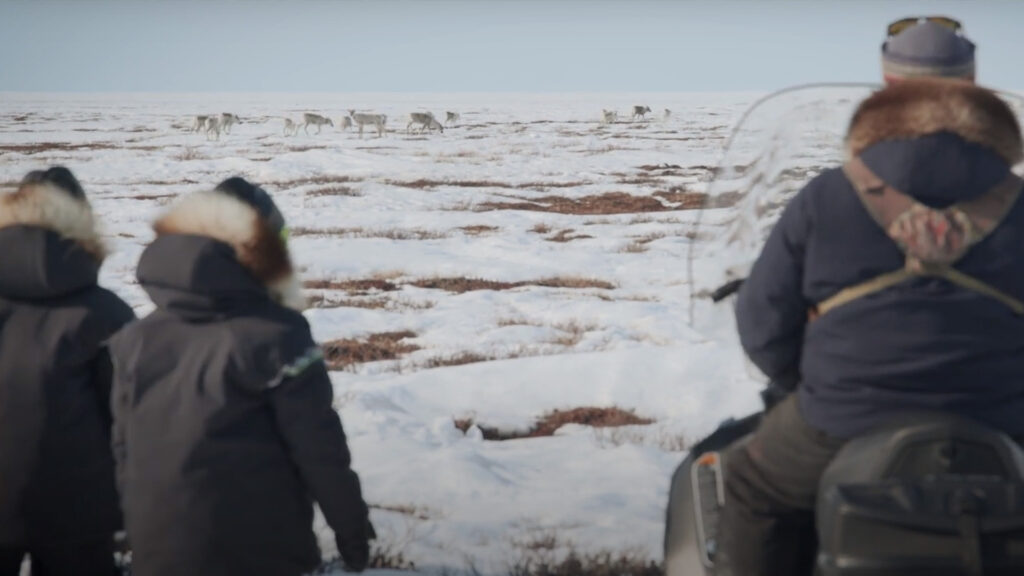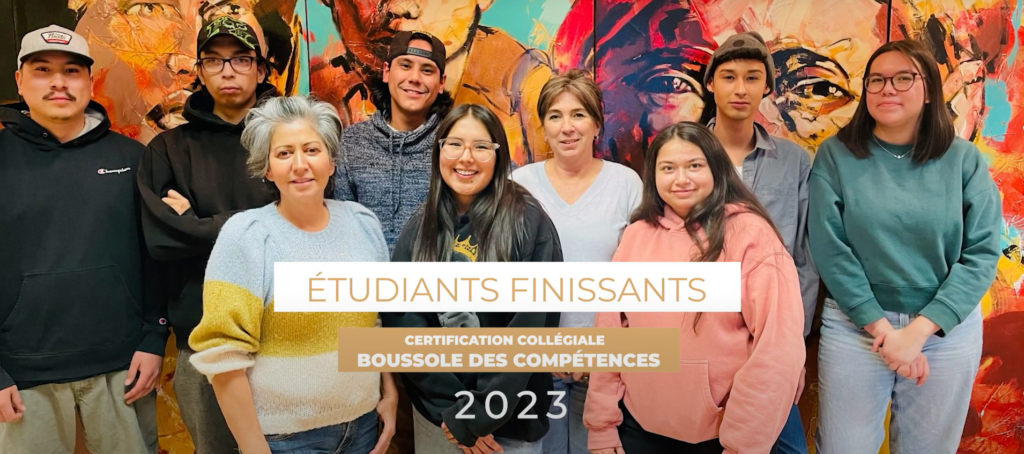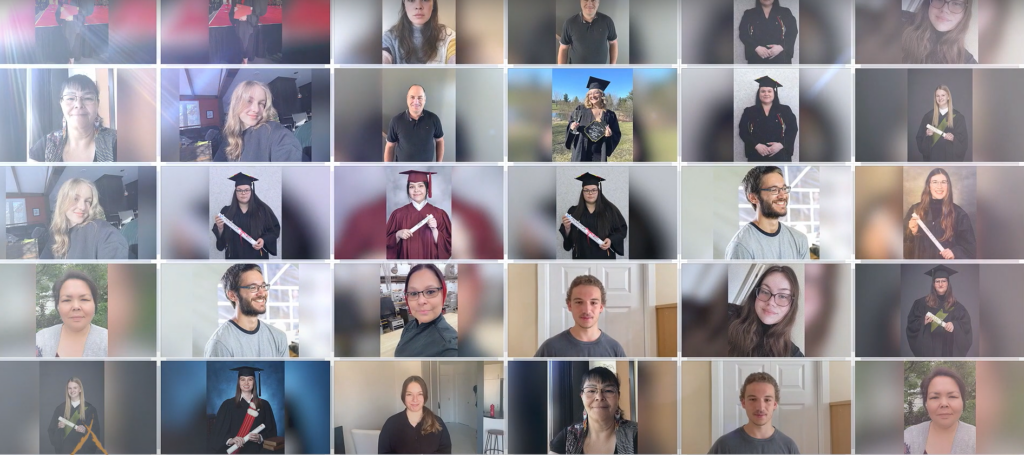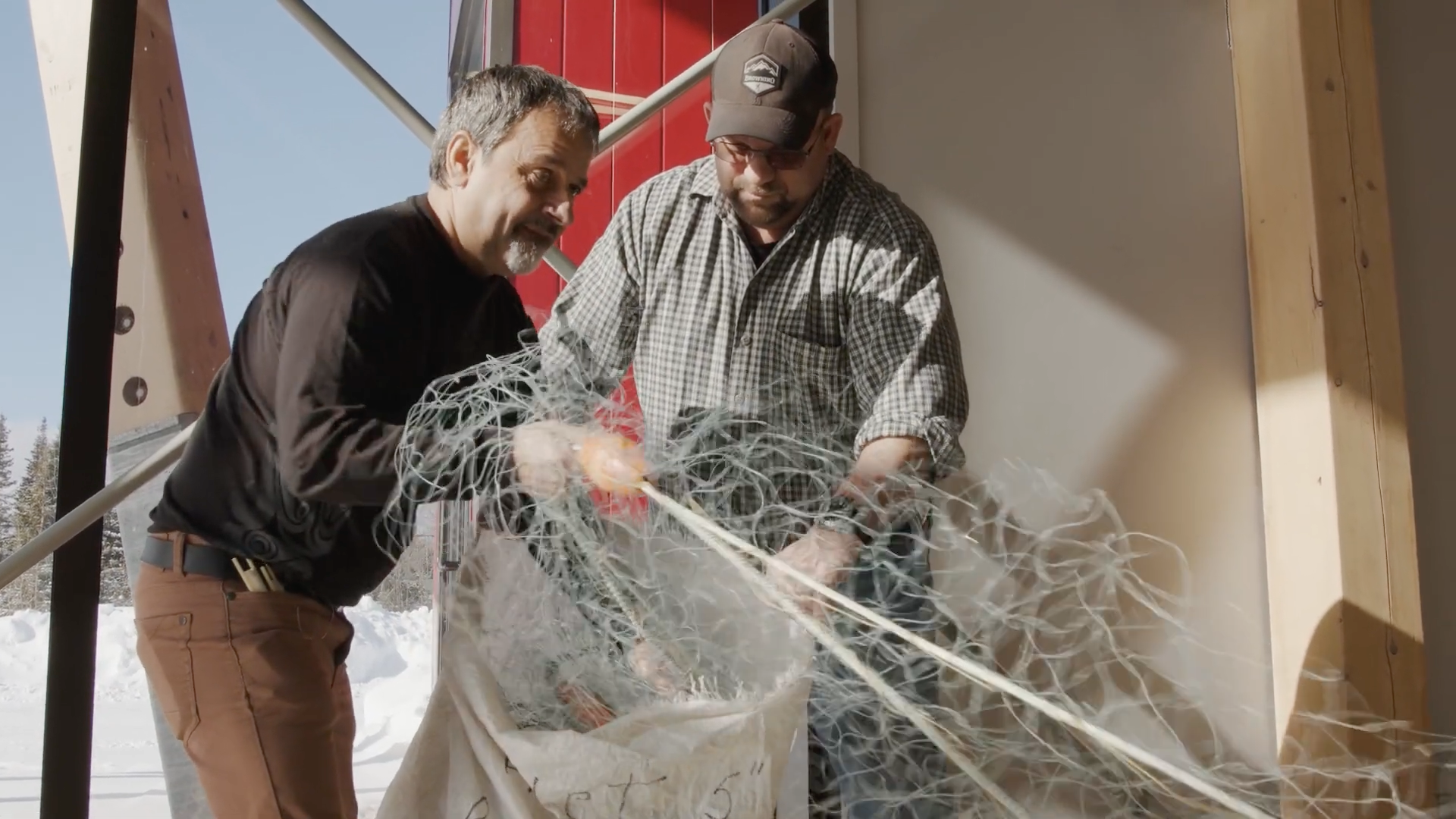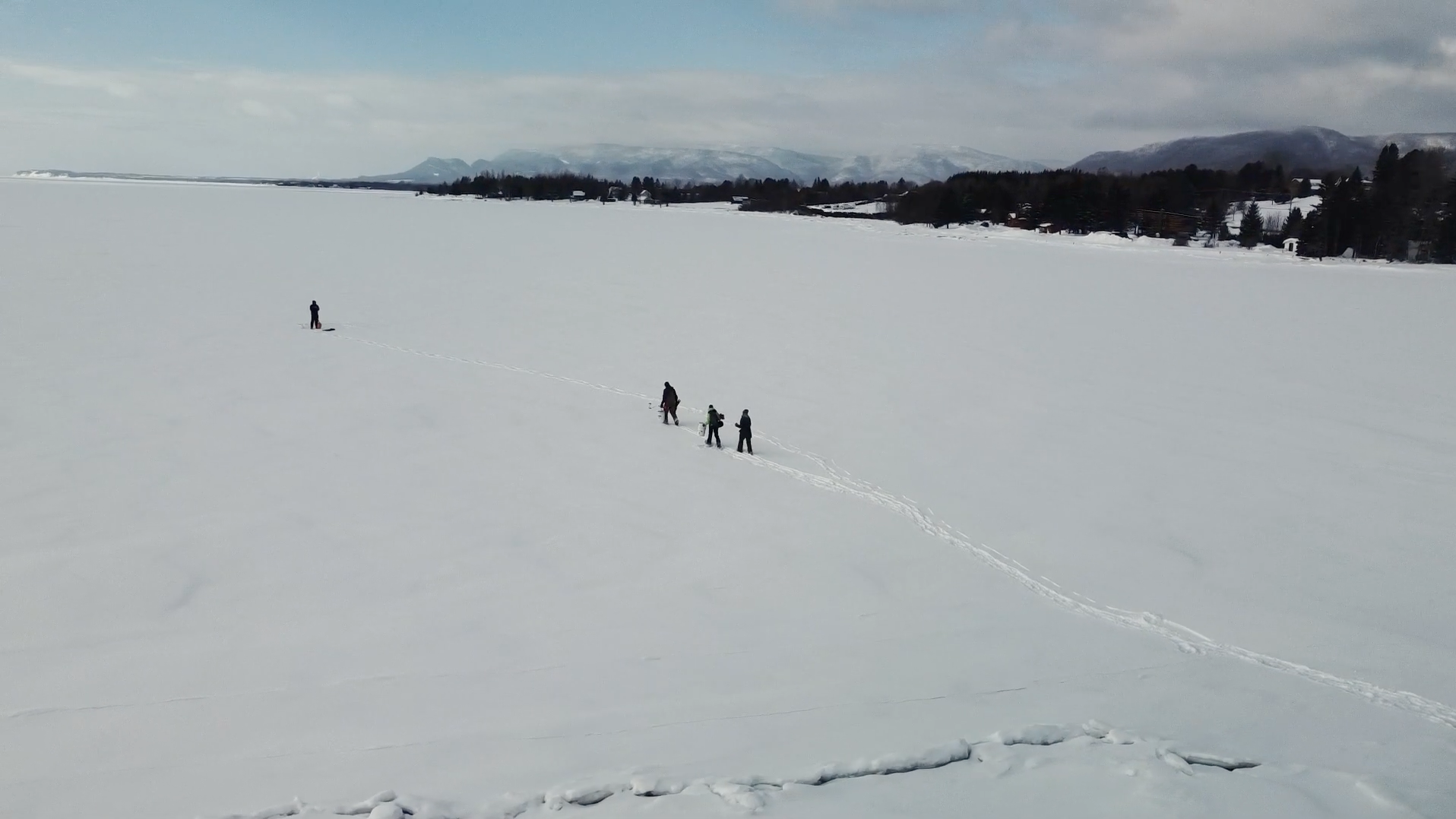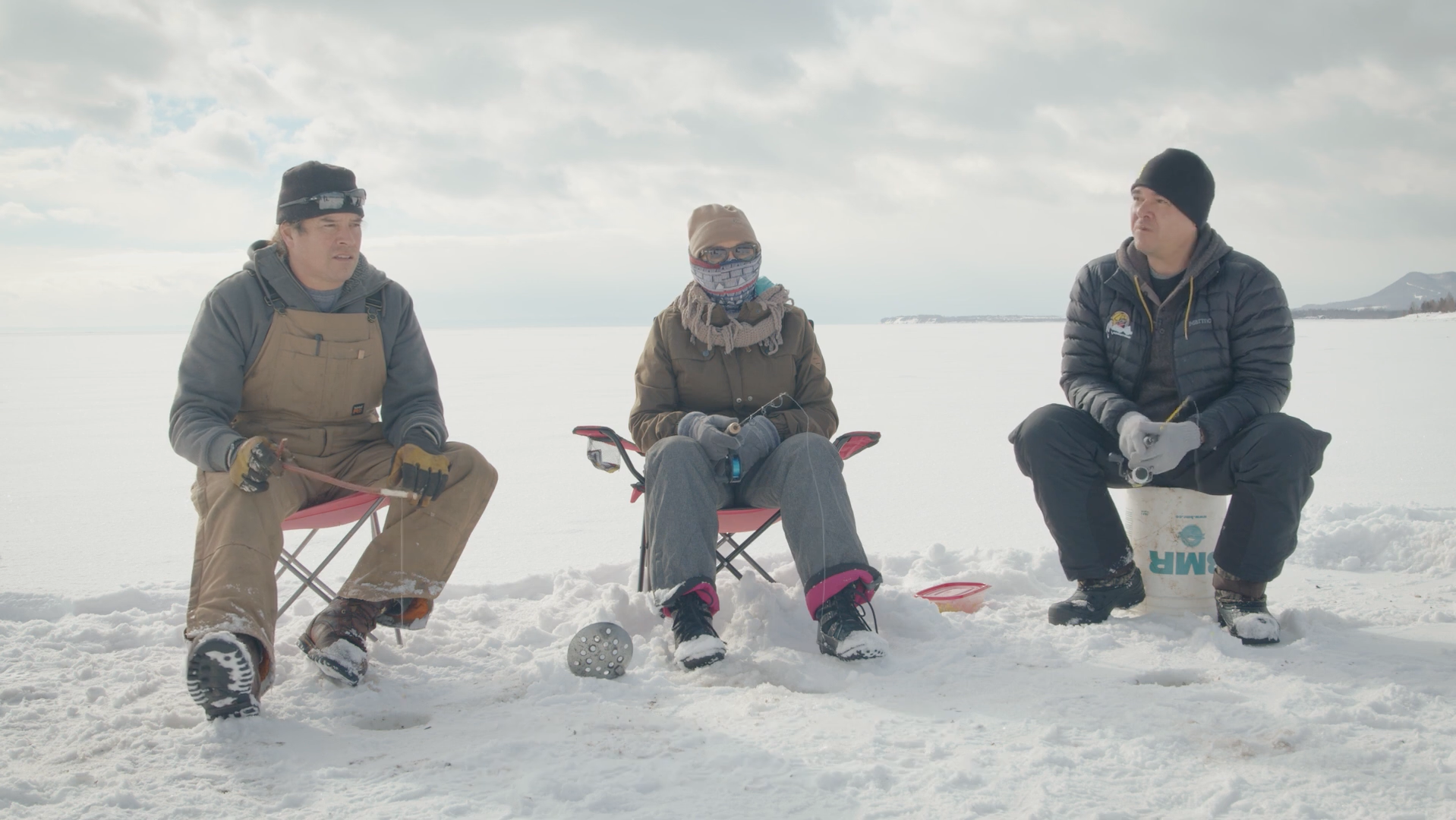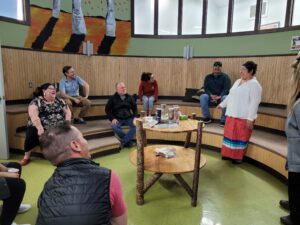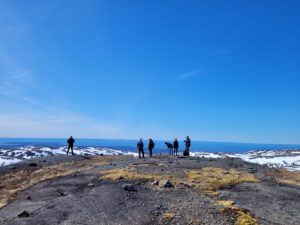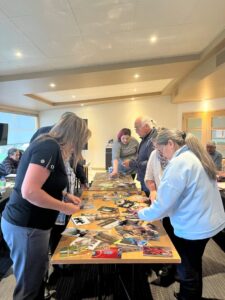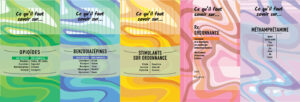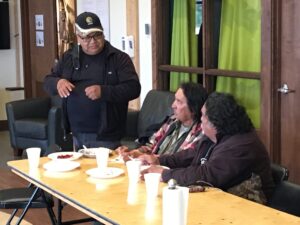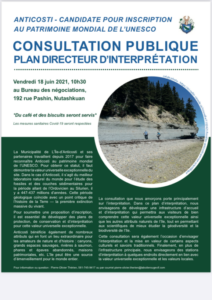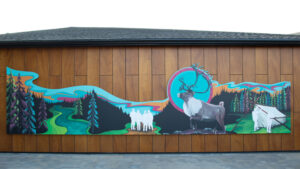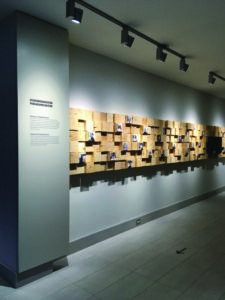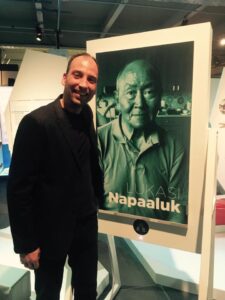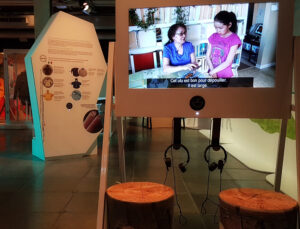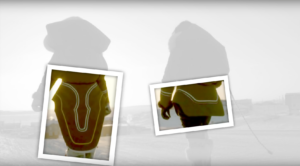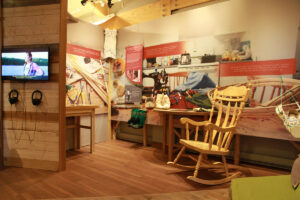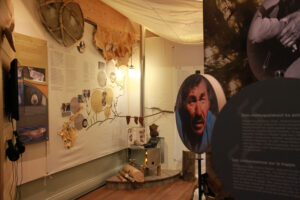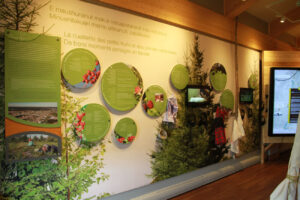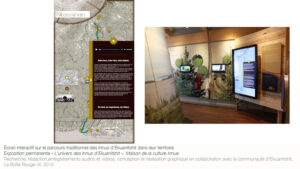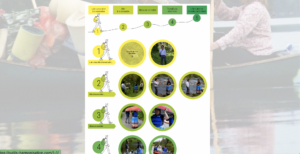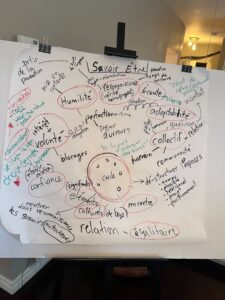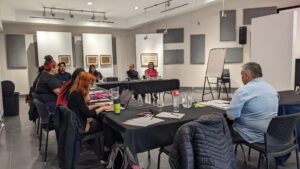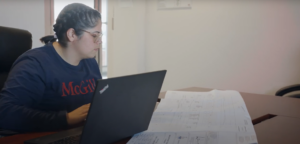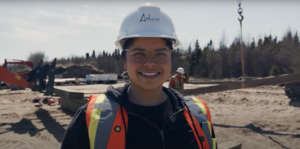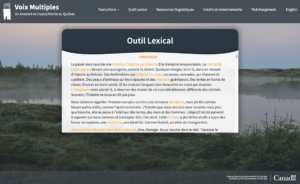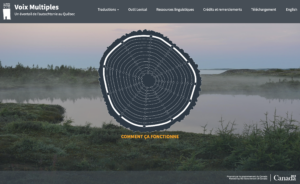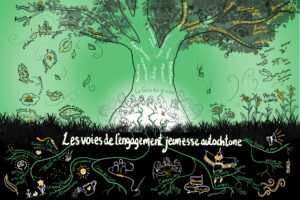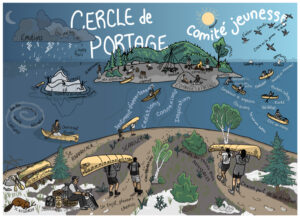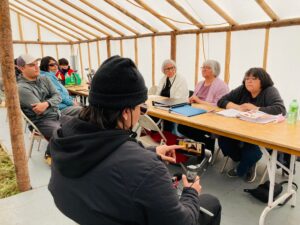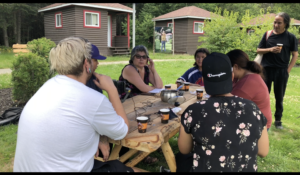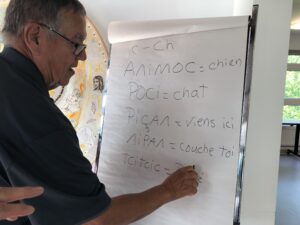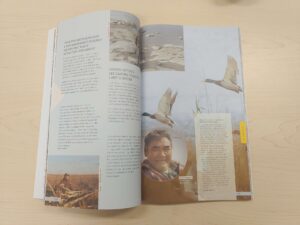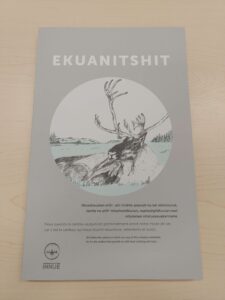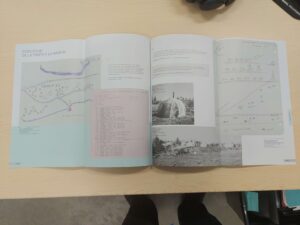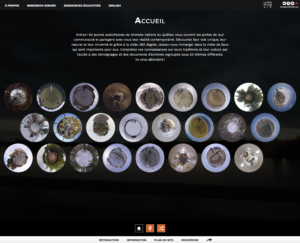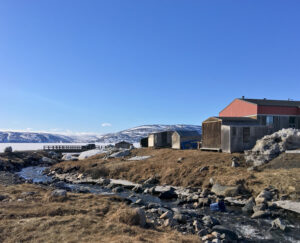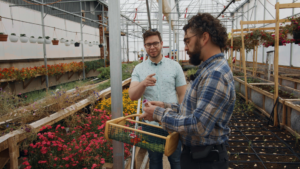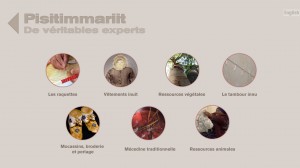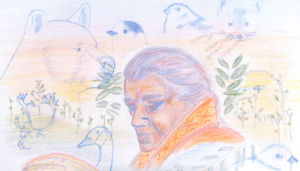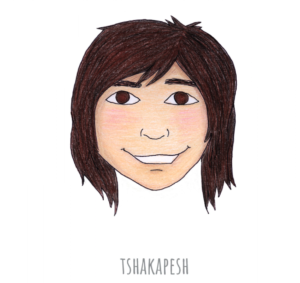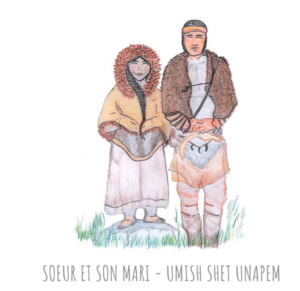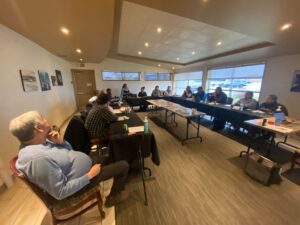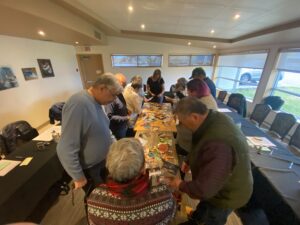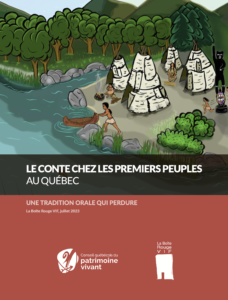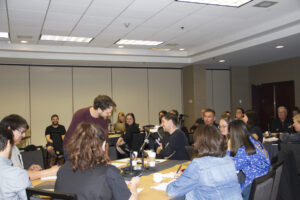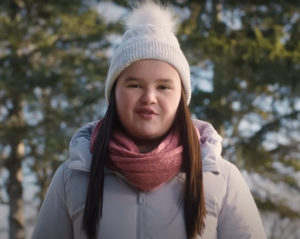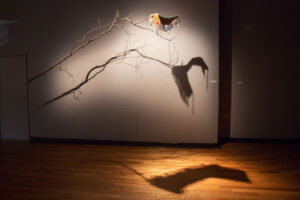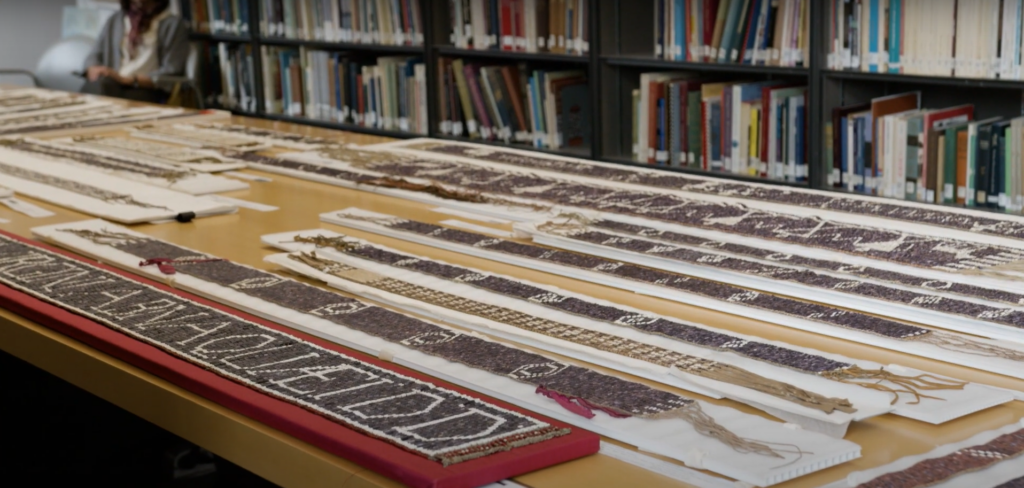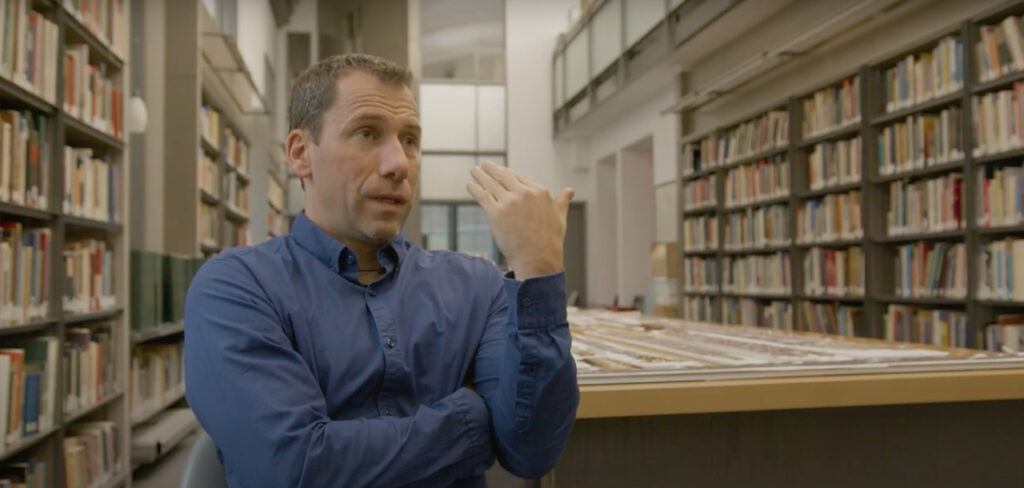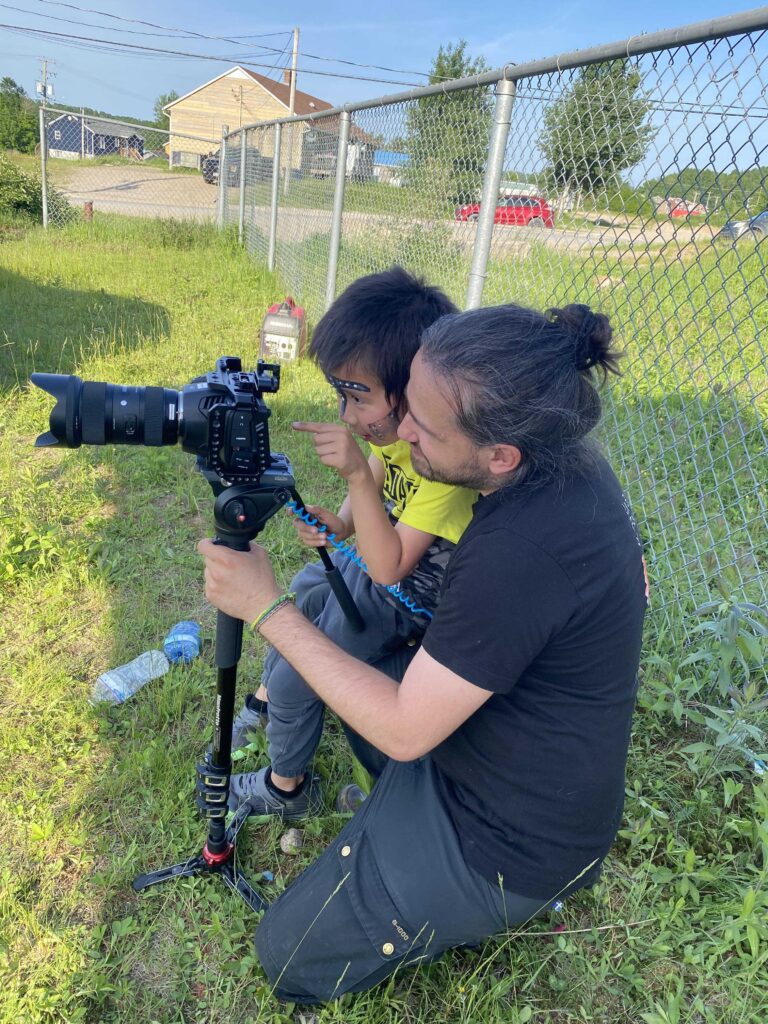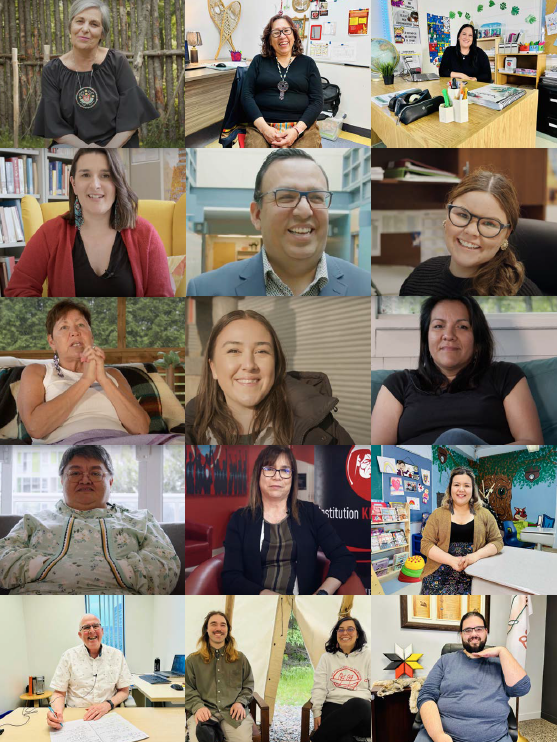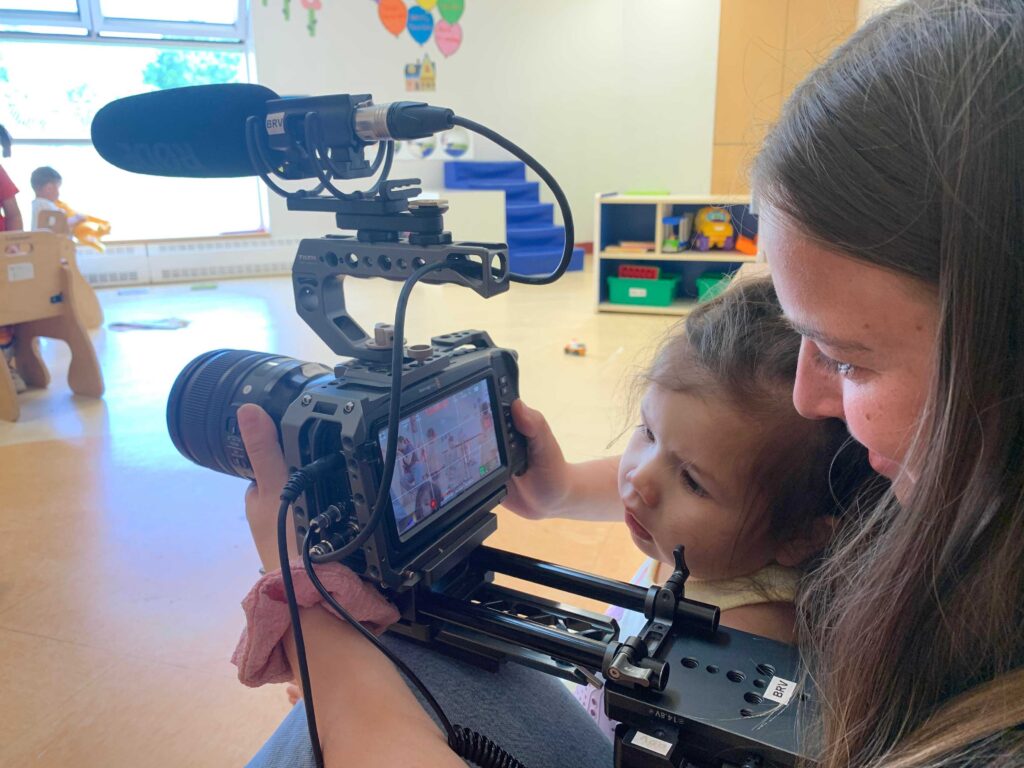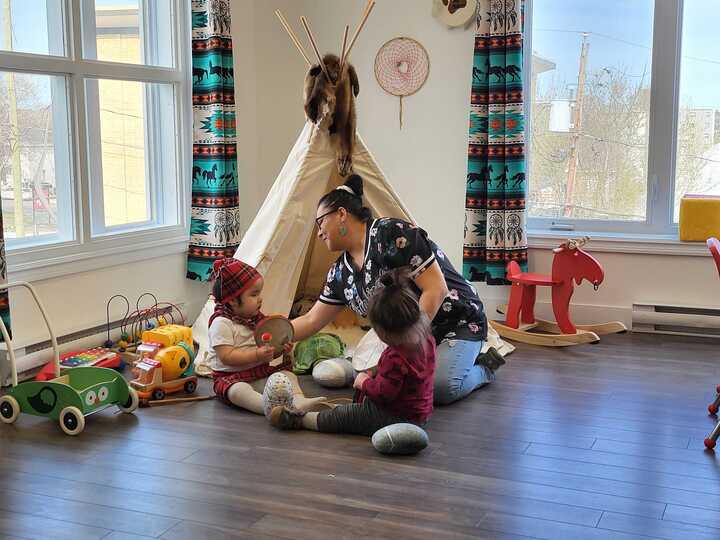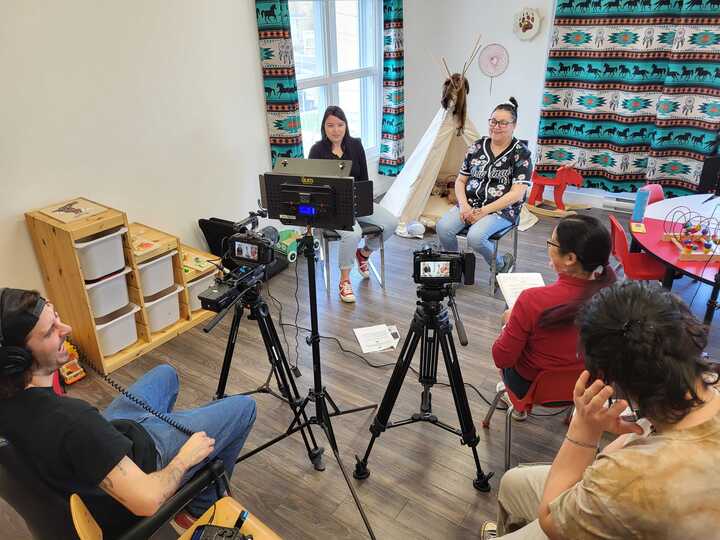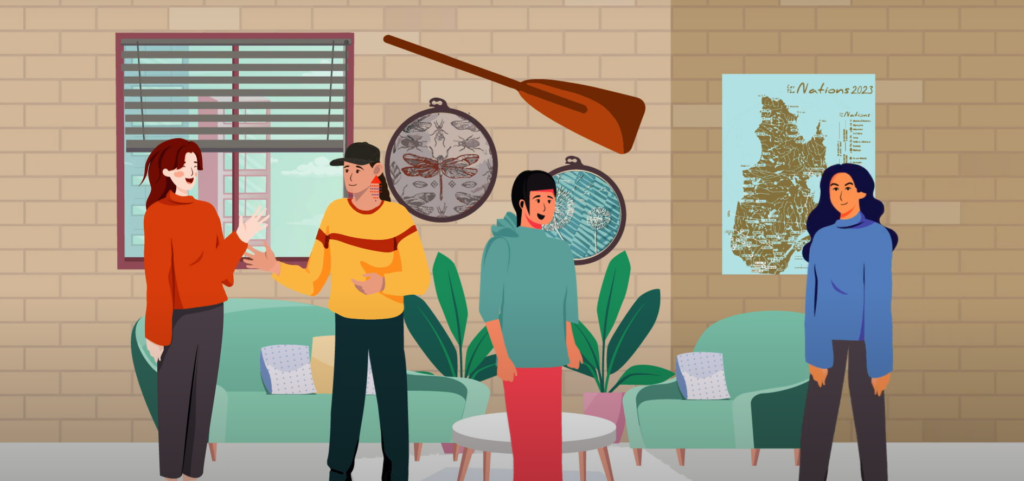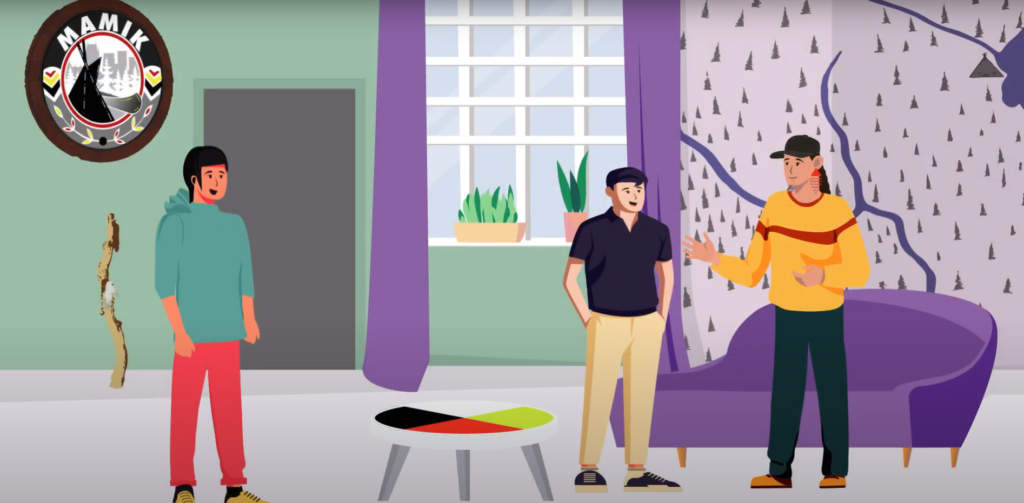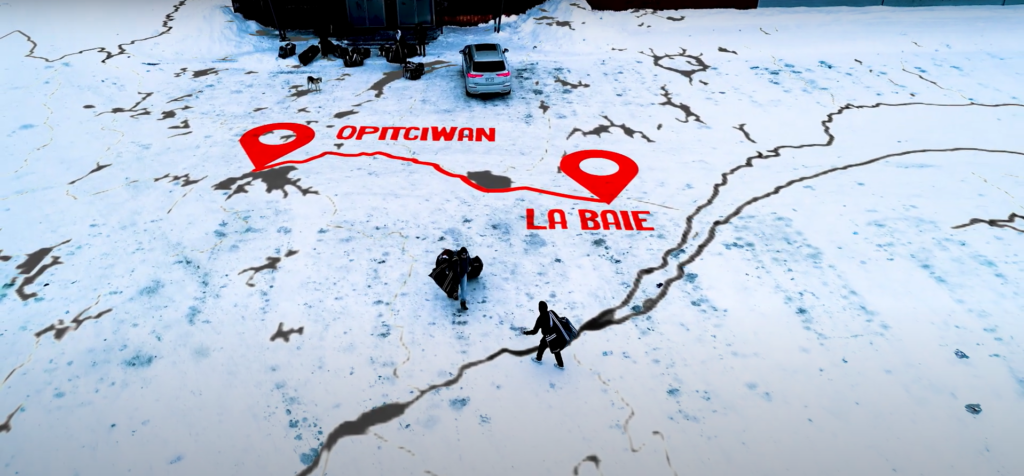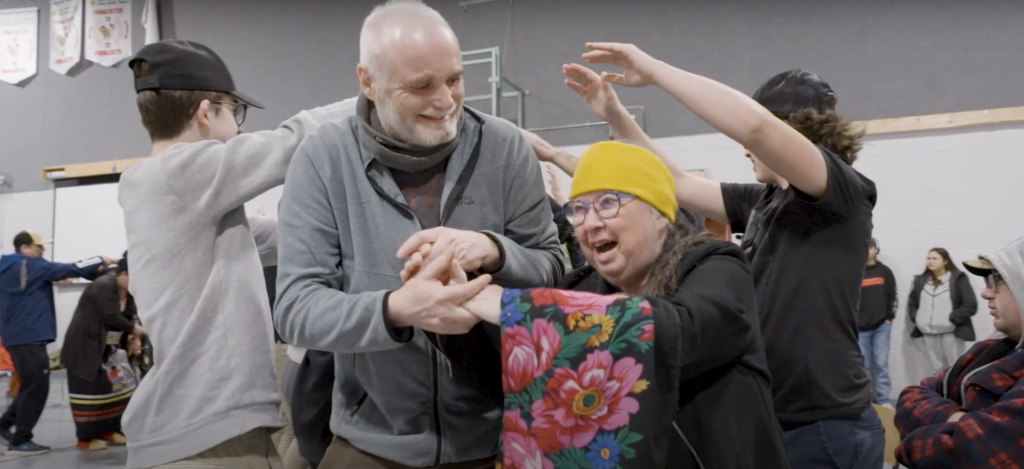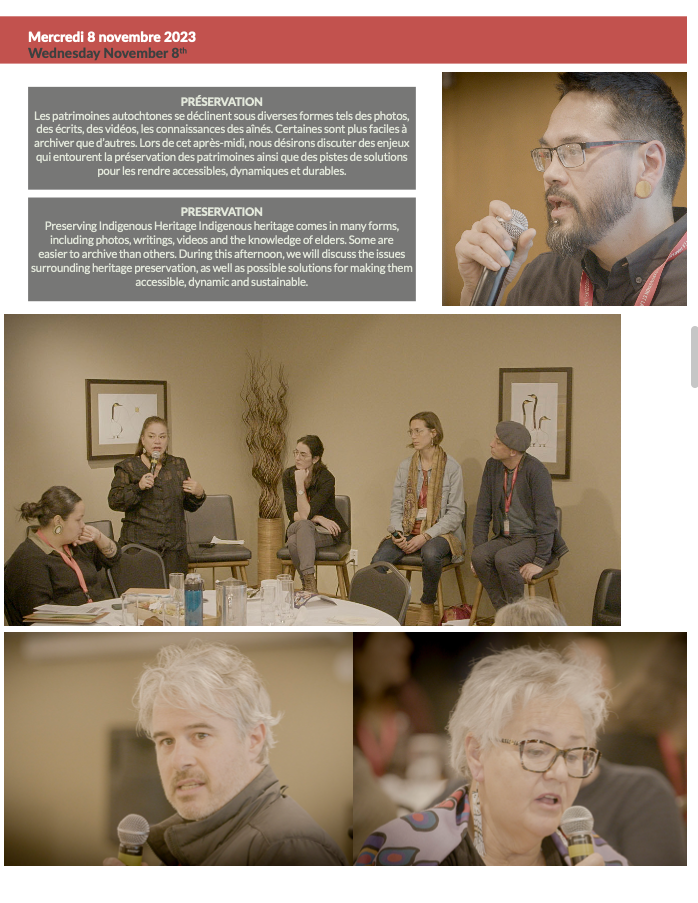
Inspiring, stimulating, and enriching!
With four themes discussed, 26 project presenters and speakers, and an audience of nearly 120 people, this gathering in 2023 facilitated numerous exchanges of great richness for our community!
See, review, or share with your team these precious moments that testify to our realities and inspire us to continue together the expression, transmission, and preservation of our heritage!
Wednesday November 8th, 2023 Thursday November 9th, 2023 Mobilizing youth and elders for the transmission of knowledgeWhen it comes to cultural transmission, youth and elders are often the first players to be called upon. In recent years, we've seen a number of issues that can lead to demobilization, such as over-solicitation, lack of resources or unfavorable contexts. To open up the discussions on this topic, we've invited some inspiring individuals who contribute to projects that succeed, in their own way, in mobilizing youth and elders to ensure the transmission and valorization of knowledge. To continue the discussions, we also want to hear from you. That is why we have set aside time to talk about the issues and challenges involved in mobilizing youth and elders, as well as to discuss inspiring initiatives and possible solutions. The Potential of Digital Technology for the Expression of Indigenous HeritageDigital technologies are playing an increasingly important role among Indigenous artists and creators. This raises new questions, particularly in relation to ways of representing traditions and contemporary realities. We would like to take a moment to discuss ways of using these technologies while ensuring cultural respect. Inspiring art projects using digital technologies have been carried out or are currently under way. We wanted to invite a few artists and collaborators from these projects to discuss this important topic for the conservation of our shared heritage. To continue the discussions, we also want to hear from you. That is why we have set aside a moment to talk about the potential of digital technologies for the expression of Indigenous heritage. Preserving Indigenous Heritage Indigenous heritage comes in many forms, including photos, writings, videos and the knowledge of elders. Some are easier to archive than others. During this afternoon, we will discuss the issues surrounding heritage preservation, as well as possible solutions for making them accessible, dynamic and sustainable. It's important for us to take the time to share with you the report we produced following the Day of Reflection on Digitization Strategies Adapted to the Realities of Indigenous Organizations, in order to better pursue the discussions. In this panel discussion, we would like to hear from archive keepers who are involved in setting up projects to preserve Indigenous knowledge. La BRV believes that the arts and the creative process contribute to the promotion of Indigenous heritage. Through their work, artists give us access to Indigenous cultures from the heart, and enable us to understand history from another perspective. That's why we've invited artists we admire to the panel discussion that will close this first day of the gathering. We would like to take a moment to talk about the 2005 UNESCO Convention on the Protection and Promotion of the Diversity of Cultural Expression, a document that has the potential to help Indigenous communities protect and promote their cultural heritage.(1) To bring this reflection to fruition, we will host a discussion between two experts: Maurice J.Kistabish, on Indigenous cultural rights and Véronique Guèvremont, holder of the UNESCO Chair on the Diversity of Cultural Expression. Quentin Condo and Catherine Boivin
Panel Discussion
Exchange, Discussion and Collective Reflection
Panel Discussion
Exchange, Discussion and Collective Reflection
Digitization Strategies in an Indigenous Context
Preservation and Transmission
Preservation and Creation
Closing talks
Programming committee: Nicole O’Bomsawin, Véronique Rankin (Wapikoni Mobile), Andréa Gonzalez and Stéphane Nepton (Uhu Labos Nomade).
Executive Committee: Claudia Néron, Carl Morasse, Jean-François Vachon and Tania Rock-Picard.
Logistics: Valérie Blackburn with the participation of Mélanie Bellefleur and Marie-Ève Ottawa.
Communications: Véronik Picard and Claudia Néron
Graphics and infography: Jimmy Fortin
Technical team: Jimmy Fortin and Raphael Tremblay
With the invaluable help of the members of the multidisciplinary team at La Boîte Rouge VIF: Marie-Céleste Kennedy, Pierre-Olivier Thérien, François-Mathieu Hotte, Elie Michot, Akienda Lainé, Marilyne Soucy, Eve Picard, Cody Scott Simon, Sarah Beauseigle and Marie-Christine Girard.
(1) The 2005 Convention on the Protection and Promotion of the Diversity of Cultural Expression: an additional lever to support Indigenous heritage? This section will look at public policy issues relating to the financial support and promotion of Indigenous creations, based on two international legal instruments: the United Nations Declaration on the Rights of Indigenous Peoples and the 2005 UNESCO Convention on the Protection and Promotion of the Diversity of Cultural Expression. Could the 2005 Convention, which is less well known in Indigenous cultural circles, be useful for the protection and promotion of Indigenous heritage, particularly in the digital environment? Could it add complementary levers of action to those already present in the UN Declaration, and if so, in what way?

